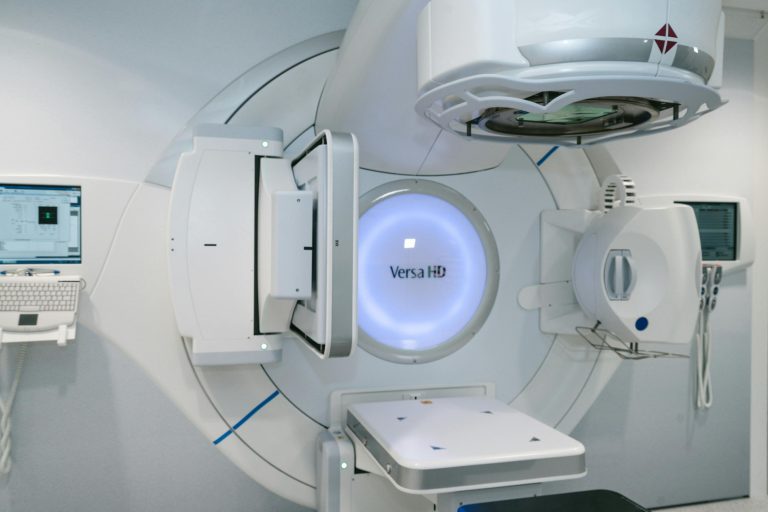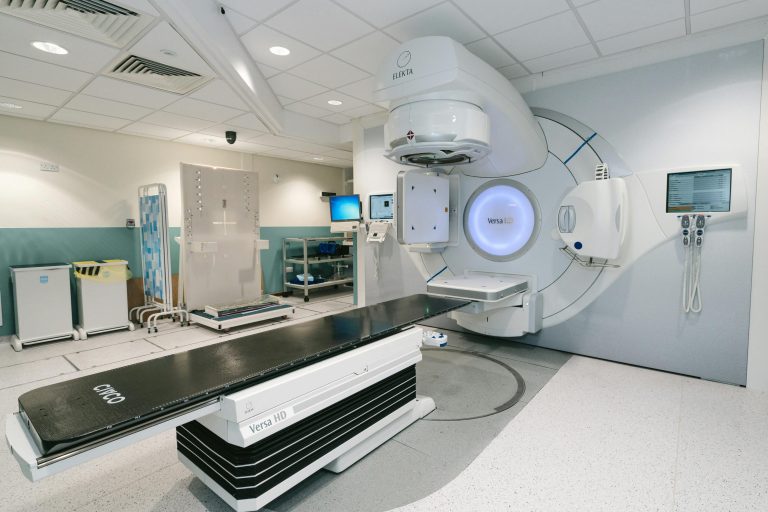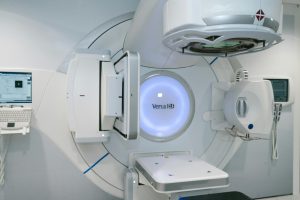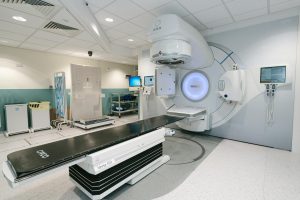Interventional radiology (IR) is a subspecialty of radiology that uses image-guided, minimally invasive procedures to diagnose and treat various medical conditions. By utilising techniques such as X-ray, ultrasound, MRI, and CT, interventional radiologists can navigate instruments through the body to target specific areas without the need for large incisions. This approach offers numerous advantages, including reduced risk, shorter recovery times, and often better outcomes than traditional surgical methods.
Techniques and Procedures
Interventional radiology encompasses a wide range of procedures. Some common techniques include:
Angiography:
This involves imaging blood vessels to identify blockages, aneurysms, or other vascular conditions. A catheter is inserted into the bloodstream, usually through the femoral artery, and contrast dye is injected to make the vessels visible on imaging.
Angioplasty and Stent Placement:
Used to treat narrowed or blocked arteries, this procedure involves inflating a balloon (angioplasty) at the site of the blockage to widen the artery. A stent (a small wire mesh tube) may then be placed to keep the artery open.
Embolisation:
This technique involves blocking abnormal blood vessels to control bleeding, treat aneurysms, or cut off the blood supply to tumours. Tiny particles, coils, or other materials are used to occlude the targeted vessels.
Thrombolysis:
Used to dissolve blood clots, this procedure involves delivering clot-busting drugs directly to the site of the clot through a catheter.
Biopsy and Drainage:
Interventional radiologists can use image guidance to obtain tissue samples from various parts of the body or to drain abscesses and other fluid collections.
Ablation:
Techniques such as radiofrequency ablation (RFA), microwave ablation, or cryoablation are used to destroy abnormal tissues, such as tumors, by applying extreme heat or cold.
Vertebroplasty and Kyphoplasty:
These procedures involve the injection of bone cement into fractured vertebrae to stabilise the spine and relieve pain caused by compression fractures.
Advantages of Interventional Radiology
Minimally Invasive:
IR procedures typically require only small incisions or punctures, leading to less trauma to the body, reduced pain, and minimal scarring.
Reduced Risk:
The minimally invasive nature of IR reduces the risk of complications such as infections and bleeding compared to traditional surgery.
Faster Recovery:
Patients often experience shorter hospital stays and faster return to normal activities.
Precision:
Image guidance allows for high precision in targeting specific areas, which can lead to more effective treatments and fewer side effects.
Alternative for High-Risk Patients:
For patients who are not suitable candidates for traditional surgery due to age, comorbidities, or other factors, IR offers a viable alternative.
Clinical Applications
Interventional radiology is used in various medical fields:
Oncology:
IR plays a crucial role in cancer treatment, offering options such as tumour ablation, chemoembolisation, and radioembolisation to target and treat tumours directly.
Cardiovascular:
In addition to angioplasty and stent placement, IR is used for procedures like inferior vena cava (IVC) filter placement to prevent pulmonary embolism.
Gastrointestinal:
Techniques such as biliary drainage, gastrostomy tube placement, and treatment of gastrointestinal bleeding are common IR applications.
Nephrology:
IR procedures include dialysis access creation and maintenance, nephrostomy placement, and treatment of renal artery stenosis.
Women’s Health:
Uterine artery embolisation (UAE) is used to treat fibroids, while pelvic vein embolization can address pelvic congestion syndrome.
Interventional radiology represents a paradigm shift in medical treatment, combining imaging’s diagnostic capabilities with the therapeutic potential of minimally invasive techniques. As technology advances, the scope and effectiveness of IR continue to expand, offering patients safer, less invasive alternatives to traditional surgical approaches. The precision, reduced risk, and faster recovery associated with IR make it an essential component of modern medical practice, improving outcomes and quality of life for patients across various conditions.















